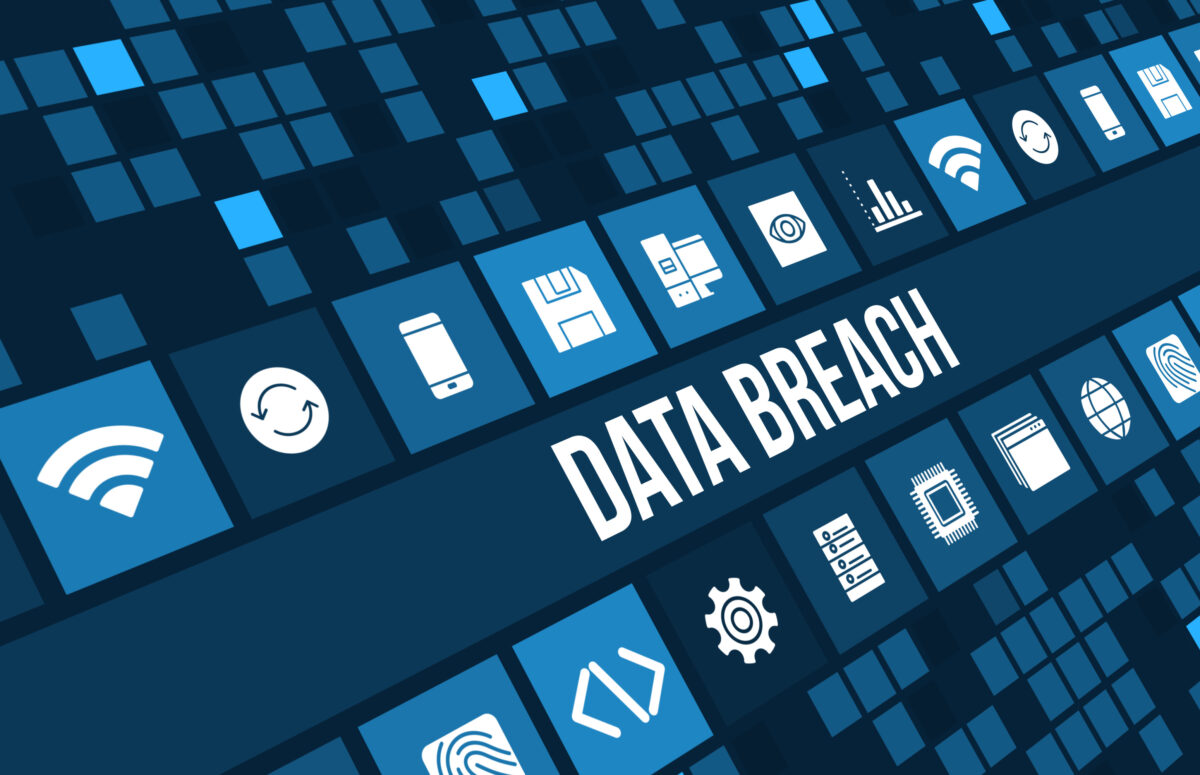
Surge in Healthcare Data Breach Costs: IBM Report Unveils $11M Average Expense
IBM’s latest report has revealed a staggering 53% increase in the cost of healthcare data breaches since 2020, marking a concerning trend in the industry. According to the 2023 Cost of a Data Breach Report by IBM Security, the average cost of a healthcare data breach in 2022 reached $11 million, representing a $1 million surge from the previous year. In comparison, the global average cost of data breaches across all sectors in 2023 stood at $4.45 million, showing a 15% increase over the last three years, but still only a fraction of healthcare breach costs.
The study analyzed 553 organizations that fell victim to data breaches between March 2022 and March 2023. The healthcare sector experienced the highest average cost among all industries for the 13th consecutive year. Researchers attribute this surge in expenses to the sector’s extensive regulation, critical infrastructure status, and a notable uptick in breaches since the onset of the COVID-19 pandemic.
Phishing and stolen or compromised credentials emerged as the most common initial attack vectors, accounting for 16% and 15% of breaches, respectively. Even more alarming is that breaches originating from compromised credentials took nearly 11 months on average to identify and contain.
The report emphasized the critical role of early detection and containment in reducing the breach lifecycle and associated costs. Factors that helped mitigate costs included:
- Robust incident response planning and testing.
- Comprehensive employee training.
- The widespread adoption of DevSecOps practices.
Conversely, a shortage of security skills, complex security systems, and noncompliance with regulations led to escalated expenses for affected organizations.
Ransomware attacks posed a significant threat, with almost a quarter of all analyzed ransomware attacks costing organizations an average of $5.13 million. Engaging law enforcement proved instrumental in lowering expenses for those hit by ransomware attacks. Additionally, automated response playbooks and workflows tailored to ransomware incidents facilitated swift and efficient responses.
Despite the surge in costs and complexity in 2023, only 51% of organizations reported increasing security investments after a breach. The top areas for increased spending after a breach were incident response plans and employee training.
In light of these findings, the healthcare industry and other sectors must recognize the severity of data breaches and prioritize robust cybersecurity measures. Early detection, efficient incident response, and a proactive security approach are essential in safeguarding sensitive information and minimizing data breaches’ financial and reputational impact on organizations. By adopting proactive measures, businesses can navigate the ever-evolving cybersecurity landscape and shield themselves from the devastating consequences of data breaches.
Source: https://healthitsecurity.com/news/average-cost-of-healthcare-data-breach-reaches-11m
